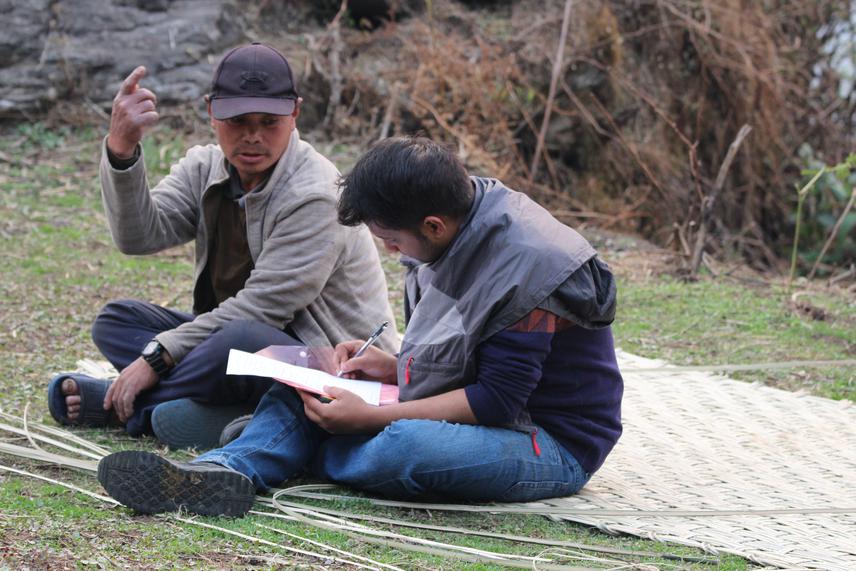Saurav Lamichhane
Other projects
18 Jan 2023
Ecology and Conservation of Common Leopard (Panthera pardus): Need for Human-Leopard Co-Existence in and around Annapurna Conservation Area, Nepal
Conflicts between human and common leopard have been a major challenge, especially in mid-hills of Nepal. Attacks of leopards on human and economic losses due to livestock depredation often result in reduced support of local communities for leopard conservation. This project will be identified potential hotspot of conflicts, investigate the spatial and temporal patterns of attack on humans and livestock and assess perception of local people in and around Annapurna Conservation Area. The project also aims to measures effectiveness of current mitigation measures adopted by local community. Beside this, local communities’ sensitization is the major aspect of this project.
It is expected that the collected information will contribute to better understanding of human leopard conflicts in this region. Moreover, we also expect that the findings of this project can be helpful for designing effective human-leopard conflict management strategies in the near future for government as well as Non-government organizations.

Conflicts between human and common leopard have been a major challenge, especially in mid-hills of Nepal in recent years. Attacks of leopards on human and economic losses due to livestock depredation often result in reduced support of local communities for leopard conservation. Likewise, cases of killing of leopard in retaliation are also increasing.
This project aims to investigate the spatial and temporal patterns of leopard attacks on humans, predation on livestock, retaliatory killings of leopard and assess perception of local people. The project also aims to measures effectiveness of current mitigation measures adopted by local community in and around major human-leopard conflict hotspot of Annapurna Conservation Area. Based on compiled secondary data on human leopard conflicts records from 2016-2020, semi-structured questionnaire survey will be conducted among the victim’s family, companions, livestock owners for the collection of required information. GPS location and site-specific conditions for each of the conflict sites will be recorded. The perception of people will be assessed before and after the conservation outreach activities.
Effectiveness of current human-leopard conflict measures will be assessed through systematic field visits and questionnaire surveys. The conflict risk maps will be prepared separately for attacks on humans, livestock and retaliatory killing of leopards. Conflict data will be analyzed in species distribution modelling framework to understand spatial patterns of incidents. A multi criterion GIS model will be used to analyze and map the risk zone. Beside this, local communities’ sensitization is the major expectations of this project. Conservation outreach program will be done among local people, students and farmer groups regarding leopard conservation and human-leopard conflicts.
Moreover, we also expect that the findings of this project can be helpful for designing effective human-leopard conflict management strategies in the near future for government as well as Non-government organization. In total, overall project will be completed in 12 months (from mid of October 2020 to mid of October 2021).